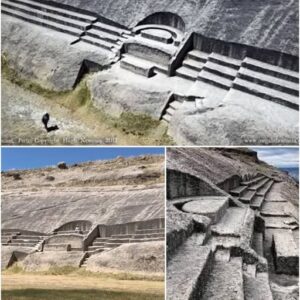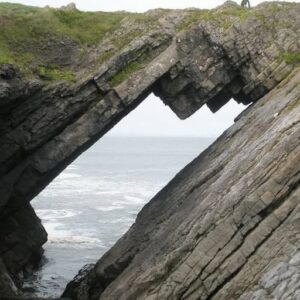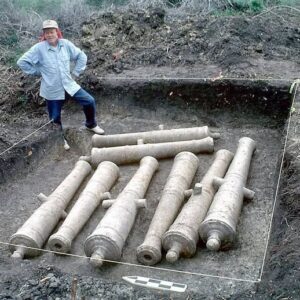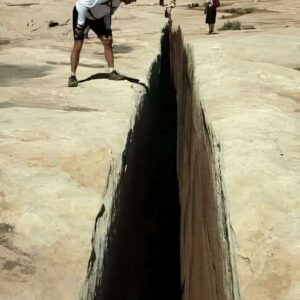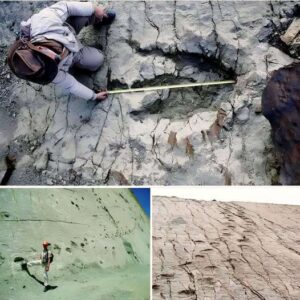A remarkable discovery was made during a coal mining operation in the United States in 1918 that left miners and scientists awe-struck. As the miners dug through the coal seams with their machinery, they stumbled upon something extraordinary—a fossilized tree stump that had been perfectly preserved deep within the layers of soil. This was no ordinary find; it was a window into a distant past, shedding light on ancient ecosystems and geological changes.
Geologists were quick to recognize the significance of this unexpected discovery. The fossilized stump was not just a random occurrence; it held valuable insights into the early ecological landscapes of our planet. Through careful examination, scientists were able to unravel a detailed account of environmental evolution, painted by the remains of a lush forest that existed long before humans walked the Earth.

The petrified tree stump stood as a silent witness to the passage of time, capturing the imagination of all who laid eyes on it. It told a story of a world vastly different from the one we know today, providing a glimpse into a time when towering trees blanketed the land and nature reigned supreme. Its discovery fueled a wave of curiosity and excitement among researchers, eager to uncover more secrets buried beneath the earth’s surface.
This fossilized relic serves as a reminder of the ever-changing nature of our planet and the mysteries that lie waiting to be unearthed. It stands as a testament to the resilience of life and the enduring legacy of the past. The 1918 coal mining operation may have been a routine endeavor, but it yielded a discovery that transcended expectations, offering a rare glimpse into a world long forgotten.

